However, not all projects are successful. Many cities are built with great fanfare but lack residents, becoming famous "ghost cities" where tall buildings stand tall but there are no people.
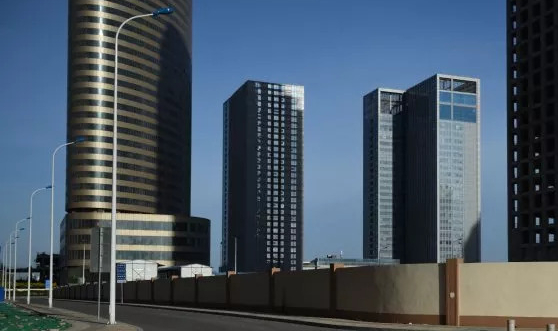
A deserted street in Conch Bay opposite the new Yujiapu Financial District in Tianjin, northern China. Photo: GI
One of the main reasons is the people's psychology of investing in real estate. More than 70% of household assets in China are tied up in real estate, causing the market to develop in a speculative direction. When the economy weakened, the real estate bubble burst, house prices fell sharply, many apartments were left empty, the market almost froze.
While some areas have added residents over the past decade, vacancy rates remain high. China is estimated to have between 65 and 80 million unoccupied housing units. Kangbashi District (Ordos, Inner Mongolia) is a prime example. In 2010, the area was designed to house 300,000 people, but less than 10% of the apartments were occupied. Today, the population has grown to more than 120,000, but many buildings remain empty.
Some projects have been even more disastrous. The Yujiapu financial district in Tianjin was once expected to become the “Manhattan of China,” but more than a decade later it remains deserted and lifeless. Its grand infrastructure of skyscrapers, wide boulevards and modern subway systems has failed to attract businesses and residents.
Xiong'an, a special economic zone in Hebei province, is in a similar situation. Despite high hopes from Beijing, slow development, lack of jobs and incomplete infrastructure have prevented the area from becoming the economic hub it was hoped to be.
One of the biggest obstacles to ghost towns is jobs. Without a strong enough economy to attract residents, these urban areas are simply beautiful buildings but lack vitality. According to Sarah Williams, associate professor at the Massachusetts Institute of Technology, "People can buy houses as an investment, but that's not enough to make a place a real city. You need jobs to grow."
The biggest threat comes from smaller, lesser-known cities that not only waste resources but also leave millions of people stranded in apartments that are worthless.
“They represent over-invested areas that are sitting empty and threatening the livelihoods of those who have bought apartments there because they are likely to not get a return on their investment,” Williams said.
Ngoc Anh (according to Newsweek, SCMP)














![[VIDEO] Save the Children helps children in Bac Ninh return to life soon after natural disasters](https://vphoto.vietnam.vn/thumb/402x226/vietnam/resource/IMAGE/2025/12/06/1765004276755_cu-u-tro-bn-2-cover20251206131142.jpeg)










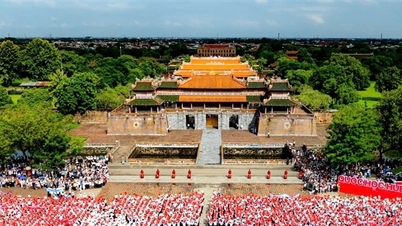





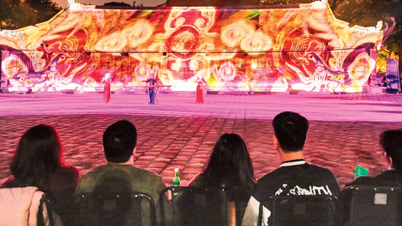

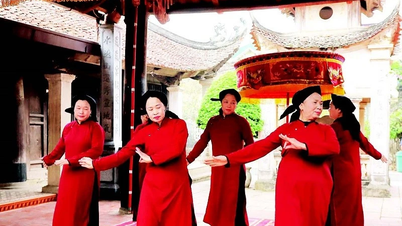
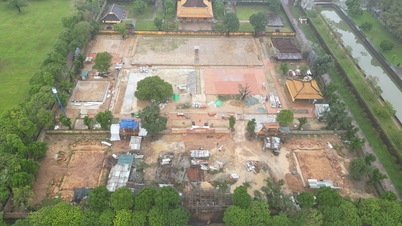






















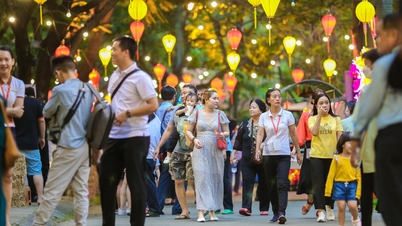




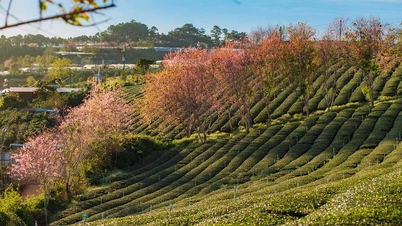


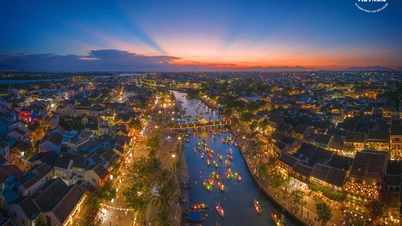










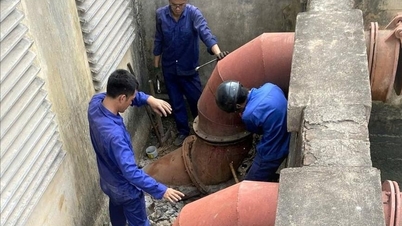



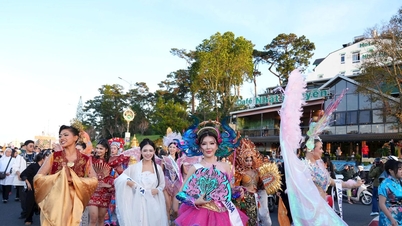






















Comment (0)